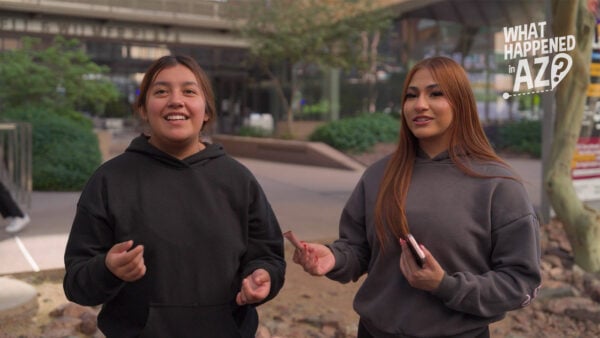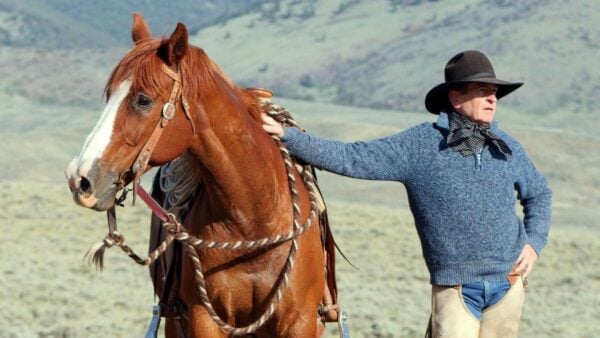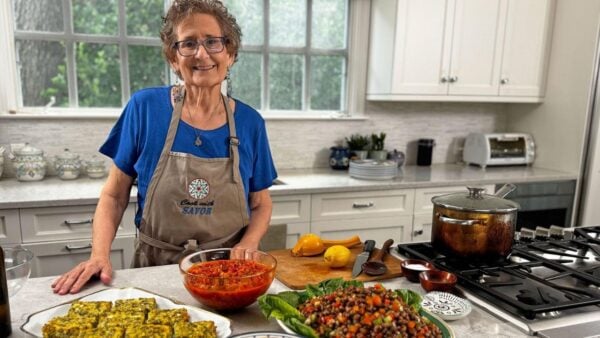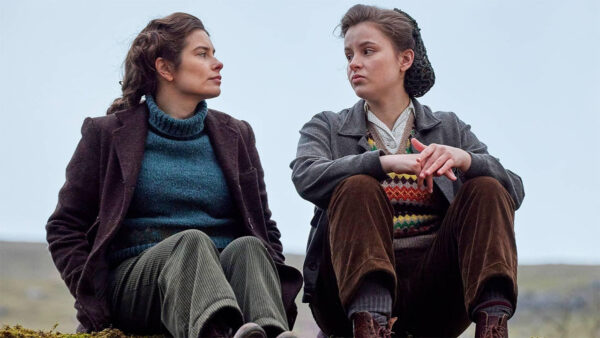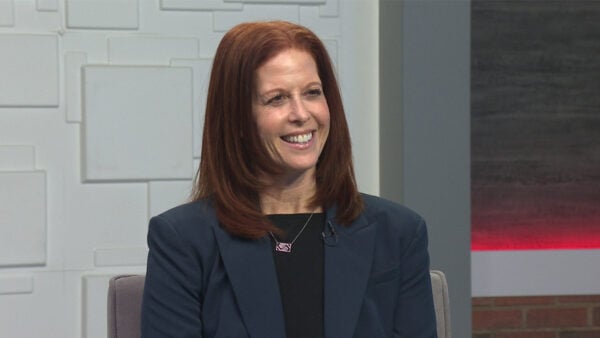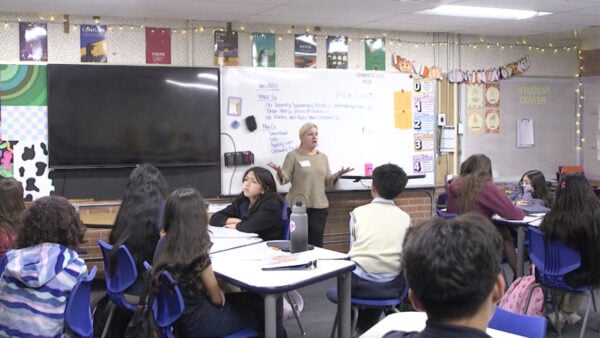By Tarana Khan, Ph.D.
Some of our summer plans may look a little different this year, with a lot of us spending more time at home, which makes for a great opportunity to check in with our emotional well-being. We may feel sad or disappointed that the typical summer events like vacations, beach days and family picnics will not be taking place in the same way they usually do. Even though our usual summer fun may be put on pause for now, we can still make wonderful summer memories right from home. Take this time to encourage everyone in your family to de-stress, relax and maybe even pick up a new interest or two.
We gathered up a few educational activity ideas that you can do right from your living room. These activities are 2 for 1 — they support early learning in core subject areas like science, math, reading and the arts, while also emphasizing key social-emotional skills. Use the Guided Learning questions below as conversation starters to encourage deeper reflection and exploration.
Related:
- Check out how to make a DIY breathing wand to teach affirmations and breathing techniques to children!
Science
Make a DIY Calming Glitter Jar to relax and soothe restless or hyperactive little ones. These mesmerizing jars can be used to ameliorate a tantrum, provide a much needed break from screen time or allow for a peaceful and mess-free distraction when you’re busy with work or household tasks. Kids love the soothing motion of the glitter falling slowly to the bottom of the jar — and flipping the jar upside down starts it all over again! You will need an empty small plastic bottle or spice container, hot water, glitter glue, fine glitter and food coloring.
If it’s available to you, use biodegradable glitter. It breaks down in around a month, versus traditional glitter that doesn’t break down at all.
Guided Learning
- Elaborate on each step to help children understand the procedure and process. Allow children to safely participate by mixing ingredients like the glue and glitter.
- Add a drop of food coloring that matches the color of glitter you use or try mixing colors to make a brand new color. Ask questions and make predictions about what will happen when you mix a drop of red with a drop of blue.
- Once your glitter jar is complete, discuss the role of the glitter glue. What role does the glue play? What would happen if you didn’t include glue inside the bottle? Bonus: Make one jar without glitter glue to compare.
Social-emotional emphasis: Self-soothing and emotion regulation
Recommended for ages 2 to 5
Level of assistance: Help from parent, grandparent or caregiver
Math
With Independence Day upon us, it’s a great time to check out some activities that encourage independent playing and learning. Kids can play Q-Tip Pick-Up Sticks alone or with their siblings. After you finish painting and drying your Q-Tips, take turns picking up as many sticks as you can without moving any other sticks. (You can also use colored straws or popsicle sticks!) Kids will experience an exercise in patience and focus as they carefully try to pick up as many sticks as they can without moving any of the other sticks, because if you move a stick, your turn is over. The instructions suggest that blue sticks are worth eight points, green sticks are worth three points, and red sticks are worth one point, but we recommend adjusting the point values to your child’s math abilities (e.g., lower points make for easier addition for early math learners). Add up the number of points each person has at the end of the game and the person with the most points wins! Once kids understand the rules of the game, it’s a great activity to allow them to play alone or with siblings.
Guided Learning
- Use scratch paper or a mini white boards to keep track of points. For younger kids who aren’t adding yet, feel free to remove the point system altogether and simply count the sticks instead.
- If using the point system, discuss why there are more lower-point sticks compared to higher point sticks. What if there were only blue sticks? Would it be easier to accrue points faster?
- Talk about possible strategies before the game and discuss what worked best after. Would it help to work slowly or quickly? Is it better to grab the sticks quickly or carefully pick them up?
- Was there anything frustrating about the game?
Social-emotional emphasis: Patience, concentration and cooperation
Recommended for ages 3 to 8
Level of assistance: Independent or with siblings
Reading

A mother and her daughter read together. | PBS.org
Reading books that feature children experiencing stressful emotions such as fear, anxiety, or worry can be an effective way of teaching early learners how to express their negative feelings. Set up a comfy reading corner at home with favorite books, lots of pillows, stuffed animals and blankets to make reading time even more fun! In “Don’t Think About Elephants” by Susan Whelan, Sophie worries at night, so her mom thinks of a new approach to ease Sophie’s worrying. As the whimsical title might suggest, this new approach has something to do with elephants. Also, PBS KIDS for Parents suggests 5 ways books can help your anxious child.
Guided Learning
- As you read together, help early learners label storybook characters’ feelings as well as their own to normalize conversations around emotions at home.
- Starting at age two and three, children start feeling a plethora of emotions, but are sometimes unsure of how to label their feelings. What does Sophie worry about? Is there a time when you felt similar to Sophie?
- If your child sometimes feels like Sophie, talk about a strategy like Sophie’s mom uses to help ease Sophie’s anxiety.
- Try making faces and using words to guess each other’s emotions.
Social-emotional emphasis: Self-management and self-awareness
Recommended for ages 3-7
Level of assistance: Help from parent or grandparent
Arts
Painting with watercolors is relaxing for people of all ages. Kitchen Table Classroom has nine watercolor techniques using common household items that will help you create beautiful textures and patterns. For example, make scribbles or drawings with oil pastels or crayons and then paint over them with watercolors to see your drawings resist the paint. You can also sprinkle salt or rice on wet paint, let it dry, brush it off, and notice the impressions left behind. Try dripping rubbing alcohol or lemon juice onto the wet paint and see what happens!
Tip: Keep a box filled with craft supplies in the living room for easy access. Stock it with pipe cleaners, paper plates, glue sticks, construction paper, cotton balls, watercolors, crayons, markers and any other art supplies or recycled materials. When inspiration strikes, your kids will have all they need to create their next masterpiece.
Guided Learning
- Compare and contrast how different materials can create varying textures and patterns. Talk about what was unexpected or surprising.
- Consider labeling the back of your painting with the technique used. Later, you can play a game to guess the technique.
- Now that you have experimented with various watercolor styles, try making a bigger painting incorporating two or more of your favorite techniques.
- Check in with your child’s feelings along the way. How did painting with watercolors make you feel? How did trying a new style of painting make you feel?
Social-emotional emphasis: Self-expression and self-regulation
Recommended for ages 3 to 8
Level of assistance: Help from parent, grandparent, or older sibling
This article was originally published on PBS SoCal’s At-Home Learning initiative.

